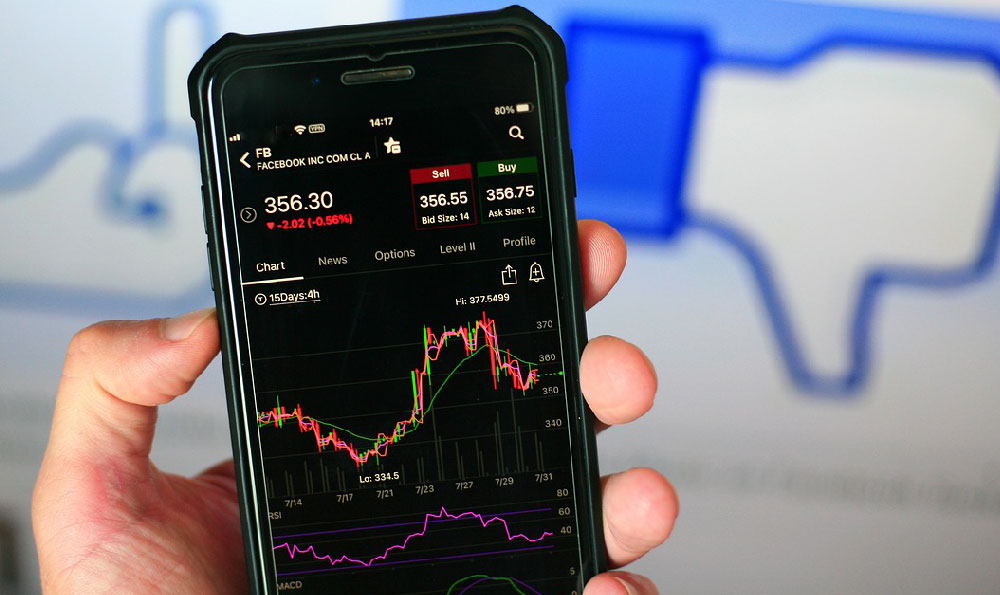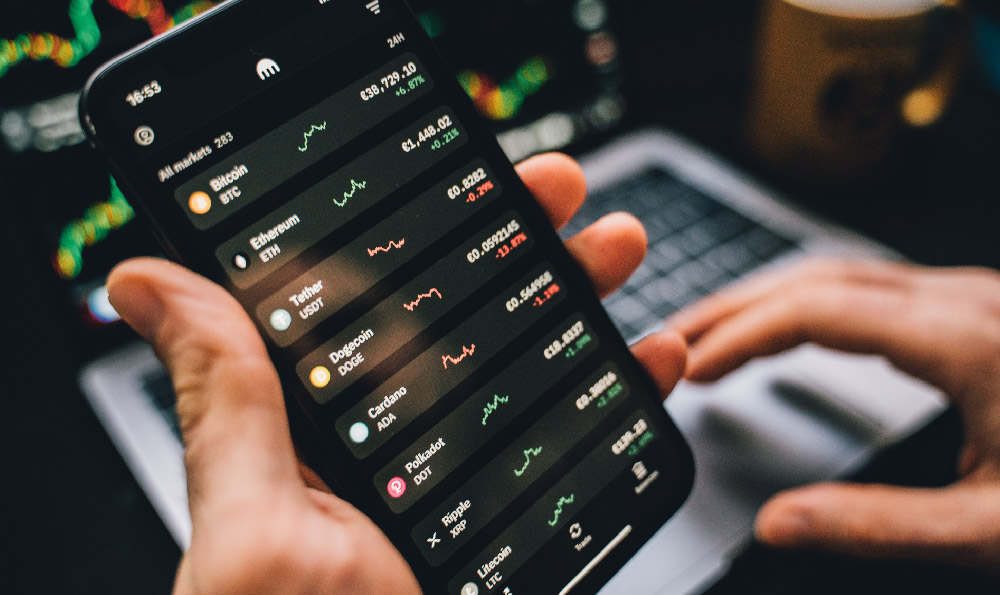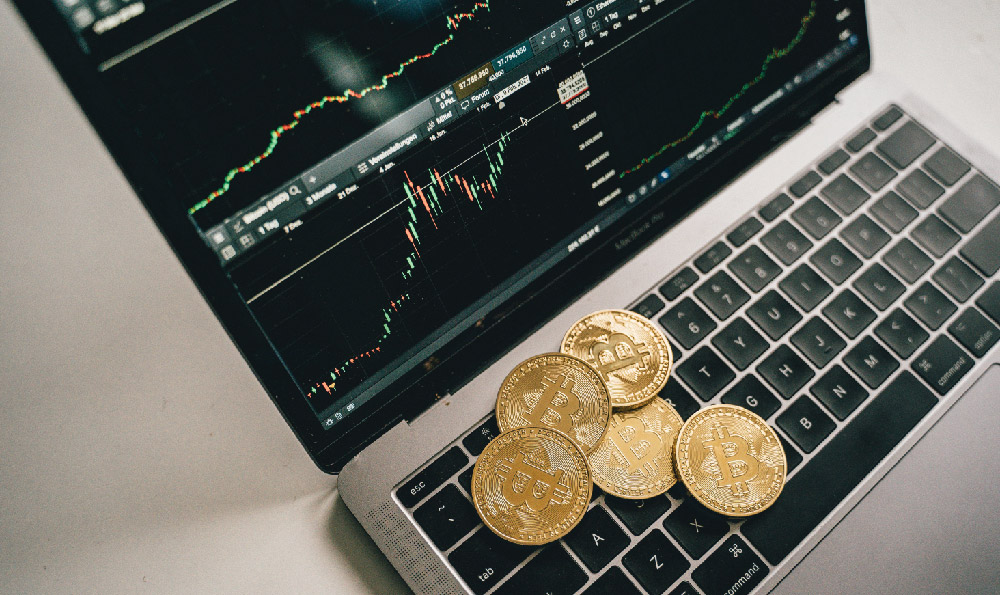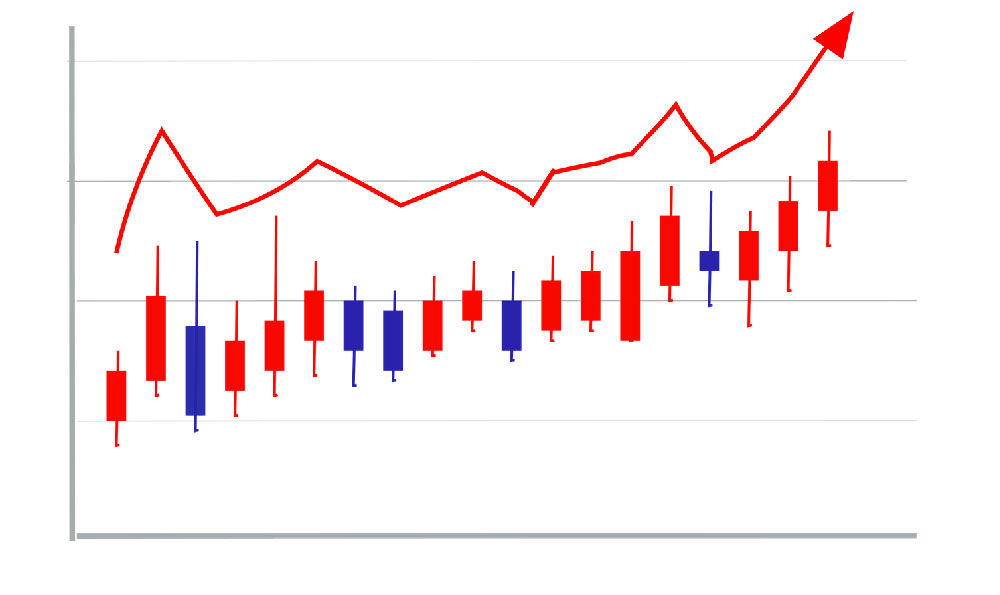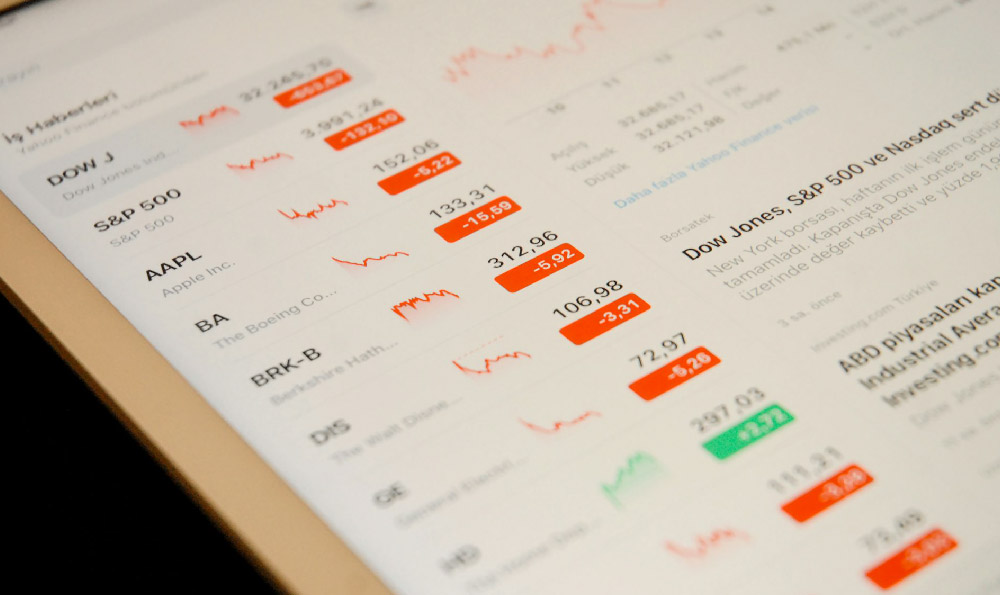DoorDash, the on-demand food delivery platform, has become a ubiquitous sight in many cities. Its promise of flexible hours and the potential to earn extra income has attracted a significant number of individuals seeking a side hustle. However, the question remains: is DoorDash a legitimate avenue for supplementing income, or is it ultimately a time-consuming endeavor with limited financial returns? The answer, as with most things, is complex and depends heavily on individual circumstances and strategies.
One of the primary appeals of DoorDash lies in its accessibility. The barrier to entry is relatively low; typically, a valid driver's license, insurance, and a reliable vehicle are all that's required. This ease of onboarding makes it an attractive option for students, stay-at-home parents, or anyone seeking a flexible way to earn money around existing commitments. The platform's intuitive interface and readily available support resources further contribute to its user-friendliness. The promise of being your own boss, setting your own hours, and working when and where you choose is undoubtedly enticing.
However, the reality of DoorDashing can often deviate from this idealized vision. While flexibility is inherent in the system, true freedom may be limited by factors such as demand and earning potential. During peak hours, competition among Dashers can be fierce, potentially leading to fewer delivery opportunities and lower earnings per delivery. Conversely, during off-peak hours, the demand for deliveries may be significantly lower, rendering the effort less worthwhile. Successful Dashers must therefore possess a keen understanding of local market dynamics, including peak hours, high-demand areas, and restaurant efficiency. This involves paying close attention to the DoorDash app, analyzing delivery patterns, and proactively positioning themselves in strategically advantageous locations.

Earning potential with DoorDash is a variable figure. Numerous factors come into play, including the dasher's location, the time of day they choose to work, the efficiency with which they complete deliveries, and the tips they receive from customers. While some Dashers report earning a substantial hourly wage, these figures often do not account for expenses. Fuel costs, vehicle maintenance, and depreciation are all significant factors that can erode the profitability of Dashing. Moreover, Dashers are classified as independent contractors, meaning they are responsible for paying their own taxes, including self-employment taxes. Failing to account for these expenses can lead to an inaccurate assessment of net earnings.
Furthermore, the inherent risks associated with driving should not be overlooked. Dashers spend a considerable amount of time on the road, increasing their exposure to accidents and traffic violations. While DoorDash provides some level of insurance coverage, it may not adequately cover all potential liabilities. Therefore, it is crucial for Dashers to maintain adequate personal auto insurance and to prioritize safe driving practices.
To maximize earning potential and mitigate risks, successful Dashers often adopt specific strategies. For instance, some prioritize deliveries during peak hours and in high-demand areas, strategically positioning themselves near clusters of restaurants. Others focus on accepting only deliveries with higher payouts or those that are geographically convenient. Tracking expenses meticulously is also crucial for accurately assessing net earnings and making informed decisions about when and where to Dash. Utilizing apps or spreadsheets to record mileage, fuel costs, and maintenance expenses can provide valuable insights into profitability.
Beyond the financial aspects, the experience of DoorDashing can also impact overall well-being. The long hours spent behind the wheel, the constant pressure to meet delivery deadlines, and the potential for dealing with difficult customers can be physically and mentally demanding. It's vital for Dashers to prioritize self-care, including taking regular breaks, staying hydrated, and maintaining a healthy lifestyle. Burnout can be a significant concern, especially for those who rely on DoorDash as their primary source of income.
In conclusion, DoorDash can be a legitimate side hustle for those who approach it strategically and realistically. The platform offers flexibility and accessibility, but its earning potential is contingent upon various factors and the mitigation of inherent risks. To determine whether DoorDash is a worthwhile endeavor, individuals should carefully weigh the potential benefits against the associated costs, including time, expenses, and potential impact on well-being. A thorough assessment of personal circumstances, combined with a disciplined approach to managing expenses and maximizing efficiency, is essential for success in the world of on-demand food delivery. Ultimately, DoorDash is not a get-rich-quick scheme, but rather a potential avenue for supplementing income that requires effort, planning, and a clear understanding of its inherent limitations. The legitimacy and value of DoorDash as a side hustle depend on the individual's ability to navigate these complexities and make informed decisions based on their own unique circumstances.




